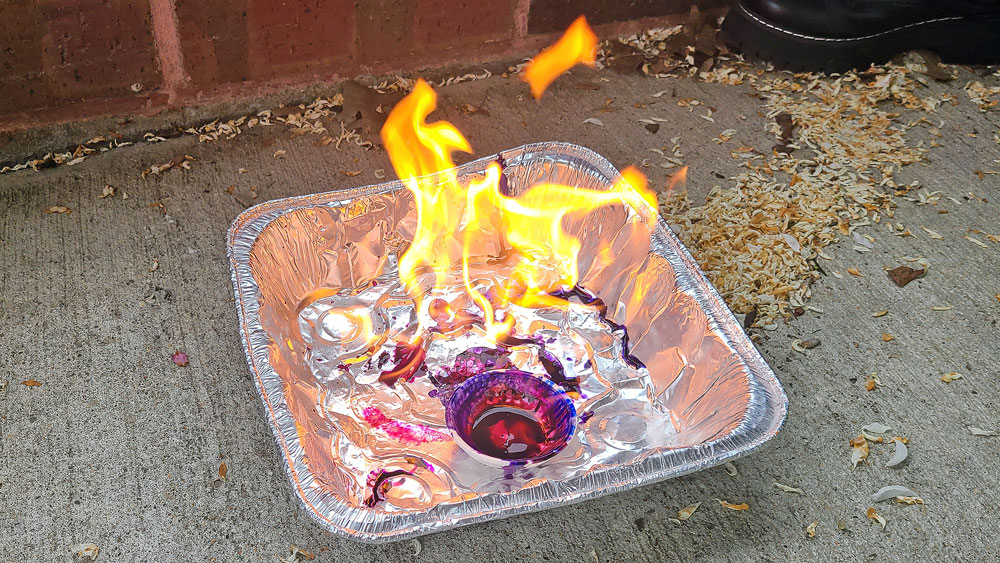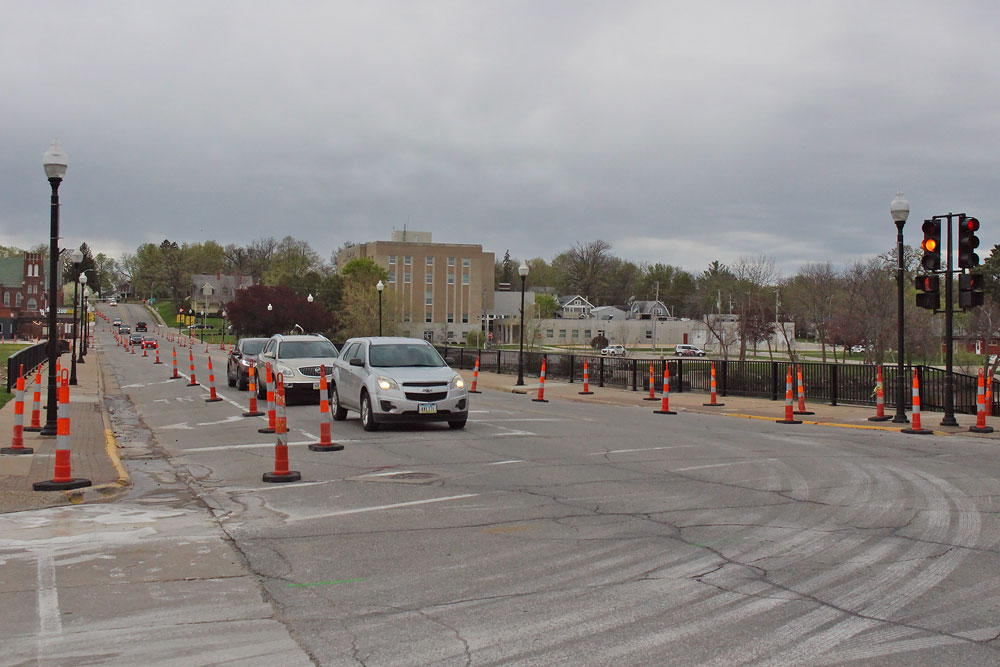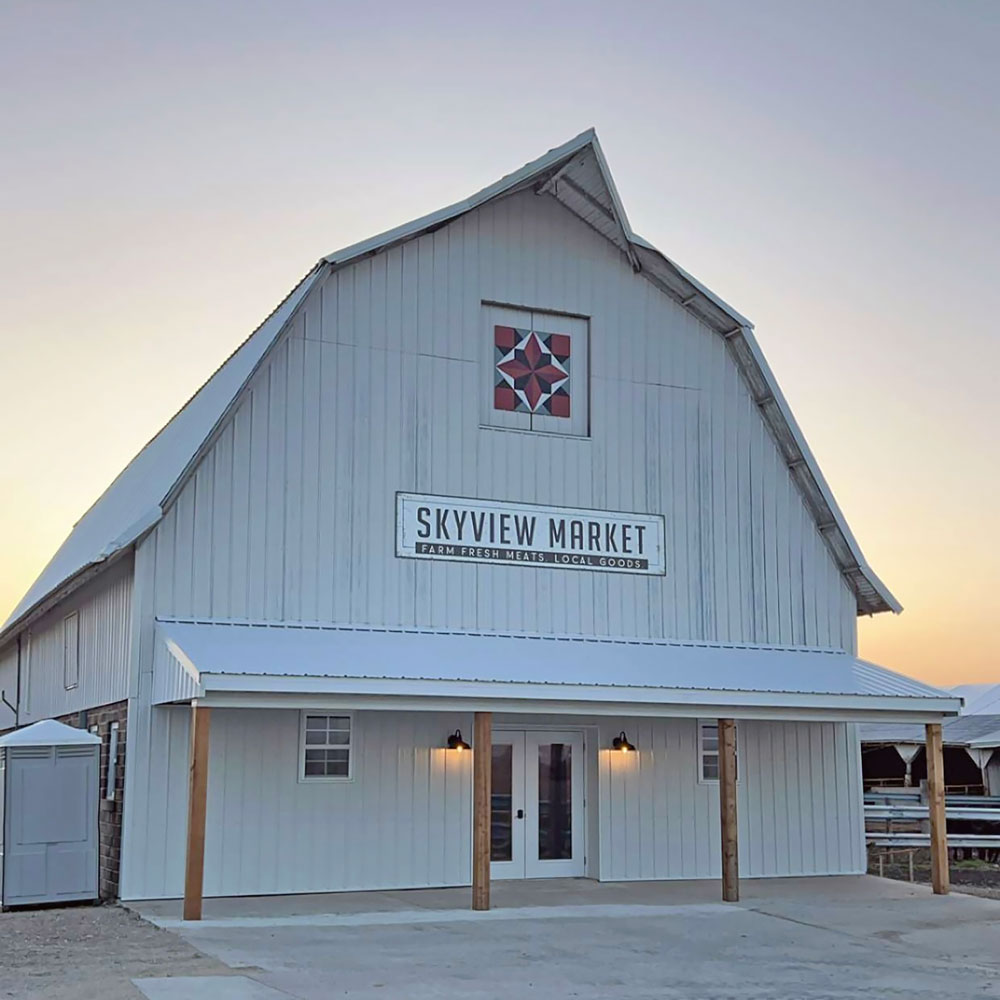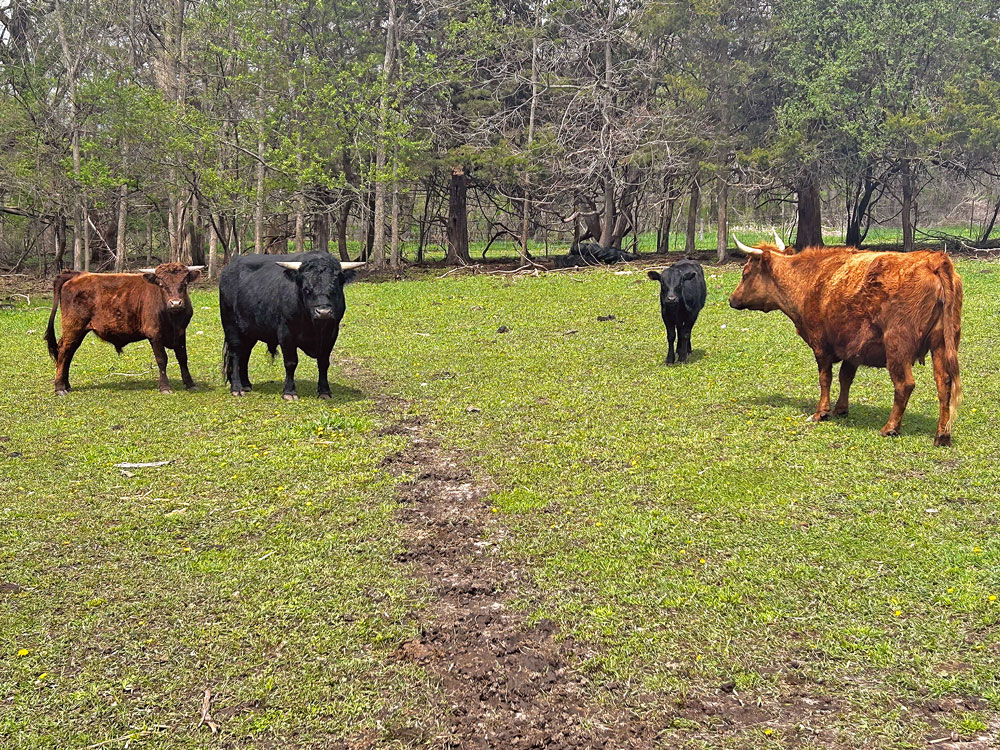New legislative and congressional districts shake up Floyd County representation
By Bob Steenson, bsteenson@charlescitypress.com
The Iowa Legislature overwhelmingly approved the second set of redistricting maps in a bipartisan vote last week, moving Floyd County into a new congressional district and dividing parts of the county into two separate Iowa House and two separate Iowa Senate districts.
The decision will also mean the current area state senator will no longer represent most of Floyd County, even if he runs again and wins re-election.
Sen. Waylon Brown, R-St. Ansgar, has represented Floyd County and the rest of the current Senate District 26 since first being elected in 2016. That district currently includes all of Floyd, Chickasaw, Worth, Mitchell and Howard counties, and parts of Cerro Gordo and Winneshiek counties.
Under the new maps, Brown’s home in Mitchell County is now part of Iowa Senate District 30, consisting of all of Mitchell, Worth and Cerro Gordo counties, plus the two northernmost townships on the western edge of Floyd County that include the cities of Nora Springs and Rockford.
Most of Floyd County will be part of the new Iowa Senate District 29, which also includes all of Chickasaw, Butler and Bremer counties, beginning in the 2022 primary and general elections.
Brown is now in the same district as long-time Democratic incumbent Amanda Ragan of Mason City, who has served since winning a special election in March 2002.
Brown easily won re-election in 2020 to his second four-year term, receiving 65.5% of the votes cast. Ragan was most recently re-elected in 2018 in a close matchup with Shannon Latham that was decided by fewer than 500 votes.
Under the state redistricting rules, an election for Iowa Senate must be held in any district where there are two incumbent senators both wanting to continue to serve, even if the term of one or both of them wouldn’t ordinarily be up in the next election.
In the Iowa House, the new House District 58 is now made up of all of Floyd County except for Rock Grove and Rockford Townships, all of Chickasaw County and much of Bremer County.
Rep. Todd Prichard, D-Charles City, is the only incumbent House member currently living in the new district.
Commenting on redistricting, he said, “I support the process, even if it does come with some pretty significant changes for my district.”
“We do it right in Iowa, and I support that,” he said, referring to the non-partisan redistricting process.
Trading part of Cerro Gordo County for part of Bremer County gives the district a more Republican lean, based on recent elections, and Prichard said he has yet to decide if he’ll run for a sixth term in the House.
“But that’s no different than in a lot of other election cycles,” he said. “I have plenty of time to decide, and I guess the best way for me to put it is that I will remain in politics in some capacity. I care about this state and its people.”
Prichard said he would make a decision by sometime early in 2022.
While the new Senate District 30, which includes the two Floyd County townships, has two incumbent senators, Iowa Senate District 29, which includes the rest of Floyd County, does not have an incumbent state senator.
Senate District 29 now also includes Butler County and Bremer County, but neither of those counties has an Iowa senator from their former districts living in them.
That lack of a Senate incumbent in the new district has already prompted one person to announce her candidacy.
Sandy Salmon, currently a state Republican representative from Janesville, a community south of Waverly on the Bremer County border, said she will seek the Republican nomination for state Senate District 29.
In other redistricting results, Floyd, Chickasaw, Cerro Gordo and Butler counties will no longer be part of the huge and reliably Republican U.S. House District 4 that currently covers more than a third of the state — 39 counties — over the northwest corner of Iowa.
Those four area counties will now be part of the new U.S. House District 2, which encompasses 22 counties in the northeast corner of the state, including Linn County with Cedar Rapids, Black Hawk County with Cedar Falls and Waterloo, and Dubuque County with Dubuque.
The new U.S. House District 4, now with 36 counties, will dip all the way to the the southern state border and not as far east.
The redistricting plan passed the Senate 48-1, with one senator absent, and the House 93-2, in a special session of the Iowa Legislature held last Thursday.
Republicans in the Iowa Senate had rejected on a party-line vote the first plan drawn by the nonpartisan Legislative Services Agency during a one-day session on Oct. 5.
Republicans said some legislative districts were irregularly shaped and that population deviations should be improved in a second map.
Republican state Sen. Roby Smith said the second set of maps weren’t perfect but were improved by creating more compact and balanced population deviation among congressional and legislative districts.
Democrats had criticized Republicans after the first set of maps failed to pass, expressing concern that the GOP leadership might attempt to amend a third set of maps as allowed by law to favor their party.
Republican Gov. Kim Reynolds said the approval of the second set of maps shows the process worked as the law intended.
“I believe these new districts will fairly and accurately represent the citizens of Iowa for the next decade.” she said. She did not immediately indicate when she might sign the measure.
The LSA draws maps following detailed guidelines to ensure population balance among Iowa’s congressional districts and to prevent political influence. The Legislature can only accept or reject the first and second set of maps, but in the third round, legislators can make changes.
In the second plan, Democratic U.S. Rep. Cindy Axne and Republican U.S. Rep. Mariannette Miller-Meeks are in the same congressional district. It also keeps the Democratic counties of Johnson and Linn in separate districts, unlike the previous plan rejected by Republicans.
In the maps approved Thursday, 20 senators would be paired in the same district, compared with 24 in the first plan. In the House, 38 incumbents were drawn into the same districts, the same as in the first plan.
— Bob Fenske of the New Hampton Tribune and the Associated Press both contributed to this report.










Social Share